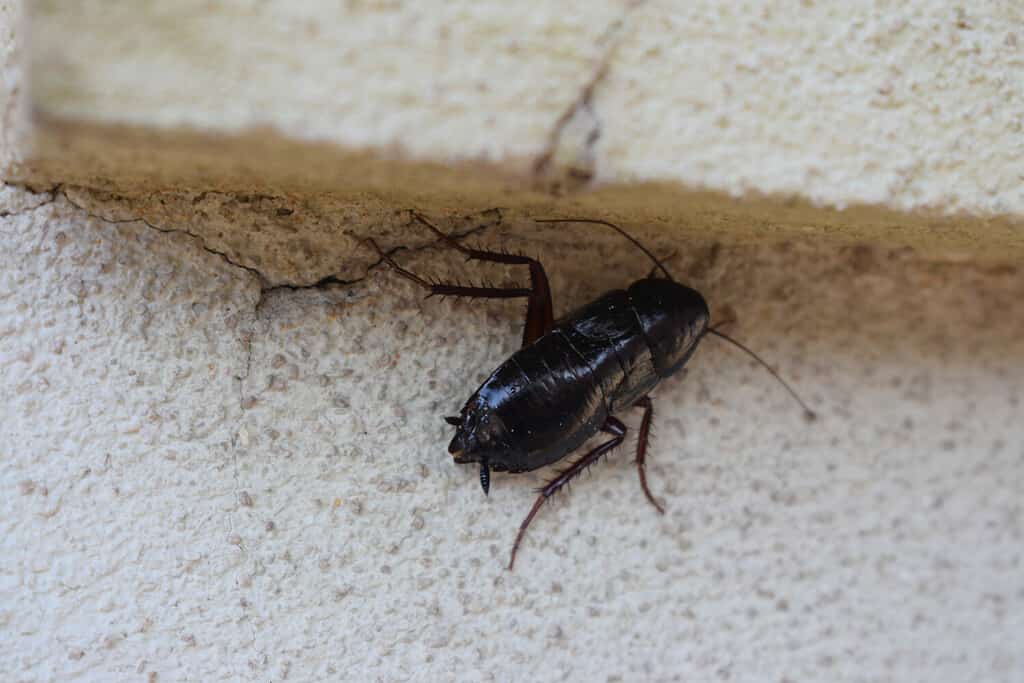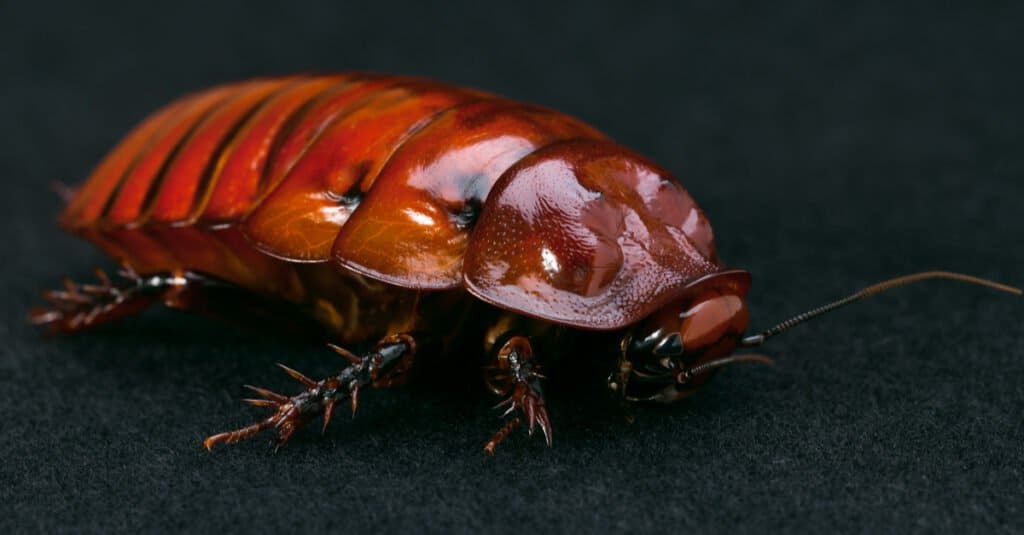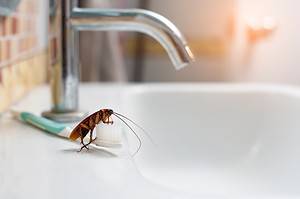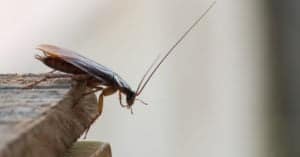Cockroaches, commonly referred to as “roaches” are in the order Blattodea. Cockroaches are general insects with chewing mouthparts (such as the sucking mouthparts of aphids and other true bugs) and may be the most primitive Neopteran insects. Only 30 of the 4,600 species of cockroaches are found in human environments. Several species are common household pests. Most species are innocuous and occur in many locations worldwide. Roachoids initially appeared 320 million years ago in the Carboniferous epoch, making them quite ancient. So what is the current cockroach population?
From the Arctic to the tropics, these common insects can live. Tropical cockroaches are usually larger. German cockroaches have a complex social system with shared living quarters, mutual support, communication, and kinship relationships. Humans have had cockroaches since classical antiquity. They are one of those bugs that are so resilient, they are said to be able to withstand a worldwide apocalypse. So, how many cockroaches are left in the world? Let’s find out!
How Many Cockroaches Are Left in the World?

There are 3,500–4,000 cockroach species.
©Furiarossa/Shutterstock.com
There are between 3,500 and 4,000 different kinds of roaches in the world. Most cockroach species are found outdoors, but 35 types are known to cause problems indoors. The United States alone is home to nearly 35–40 roach species. Only about four of the world’s roughly 4,000 cockroach species—the American cockroach, German cockroach, Oriental cockroach, and Brown-banded cockroach—are found in North America.
A single apartment building can house thousands of cockroaches. Since roaches can be found both inside and outside buildings, knowing their total population is difficult. Some of the largest species can only be found in the wild; they never enter human homes. Furthermore, these populations are extremely dynamic, changing constantly in response to factors such as weather, climate change, food sources, pesticide use, and pollution.
As a result, cockroach population estimates are not true. In addition, there have been no recent assessments conducted to determine how many roaches live in a typical home. However, entomologists have recently reached a consensus and estimated that the global population is between one and two and a half trillion. However, these are only estimates, and the precise numbers are unknown.
Is The Cockroach Population Endangered?
Delosia ornata and Nocticola gerlachi are two of the many species that are in danger of extinction and are designated as such on the IUCN Red List. Due to habitat degradation and rising sea levels, the survival of both roach species is in trouble. Otherwise, the thousands of other species are of no concern.
In fact, despite the fact that they have co-evolved with humans for millions of years, roaches continue to be a threat to human habitations due to their population sizes. Throughout the beginning of time, people have tried everything possible to get rid of this nuisance, but to no avail. The cockroach population still grows.
How Are Cockroaches Beneficial to Our Ecosystem?

Cockroaches are efficient decomposers of organic matter, notwithstanding their pestiness.
©skydie/Shutterstock.com
As much of a nuisance as they can be, cockroaches fulfill significant ecological roles as proficient decomposers of organic material. The absence of cockroaches would result in a distinct alteration of the world. Cockroaches are a main source of nutrition for a number of different kinds of animals, including insects, birds, and mammals. As a source of nutrition, they fill an important function in the web of life. The process of nutrient cycling also relies heavily on cockroaches for its success.
What Would Happen If Cockroaches Went Extinct?
Imagine if cockroaches suddenly vanished tomorrow. Sounds good, but that would actually be very bad. Many kinds of wasps would become extinct if cockroaches disappeared from the environment. Cockroaches’ natural predators, such as certain birds and mammals, would also be harmed. Cockroaches in tropical forests eat dead plants and timber. They aid in capturing nitrogen in the soil, which is essential for tree growth, therefore their absence would have an effect on forests as well. Trees require nitrogen in order to thrive, and forests are vital to human existence and the survival of the animals we care about because of the wood products we make from them.
Also, concerning the species we appreciate, specifically the birds, reptiles, and tiny mammals: They eat bugs like cockroaches. Since many other species rely on these small mammals and reptiles for sustenance, eliminating them would have far-reaching consequences.
Are Any Cockroach Species Extinct?
There is evidence in the form of fossils suggesting cockroaches and dinosaurs lived side by side. The Manipulator Modificaputis cockroach became extinct in the late Upper Cretaceous. The holotype specimen was discovered in a quarry of volcanoclastic mudstone (a sedimentary rock) in Noije Bum in Myanmar’s Hukawng Valley and dates back 100 million years. According to data provided by fossils, cockroaches have been around for at least 300 million years.
Cockroaches, which were apparently the size of giants, roamed the wilderness. A geology major at Ohio State University has discovered the remains of a roach that measured three and a half inches in length, making it more than twice as large as the common American cockroach.
There are species of roaches on every continent besides Antarctica, with the exception of Africa. The cockroach is a hardy insect that can survive in various environments, but Antarctica is not one of them.
The photo featured at the top of this post is ©
Thank you for reading! Have some feedback for us? Contact the AZ Animals editorial team.






